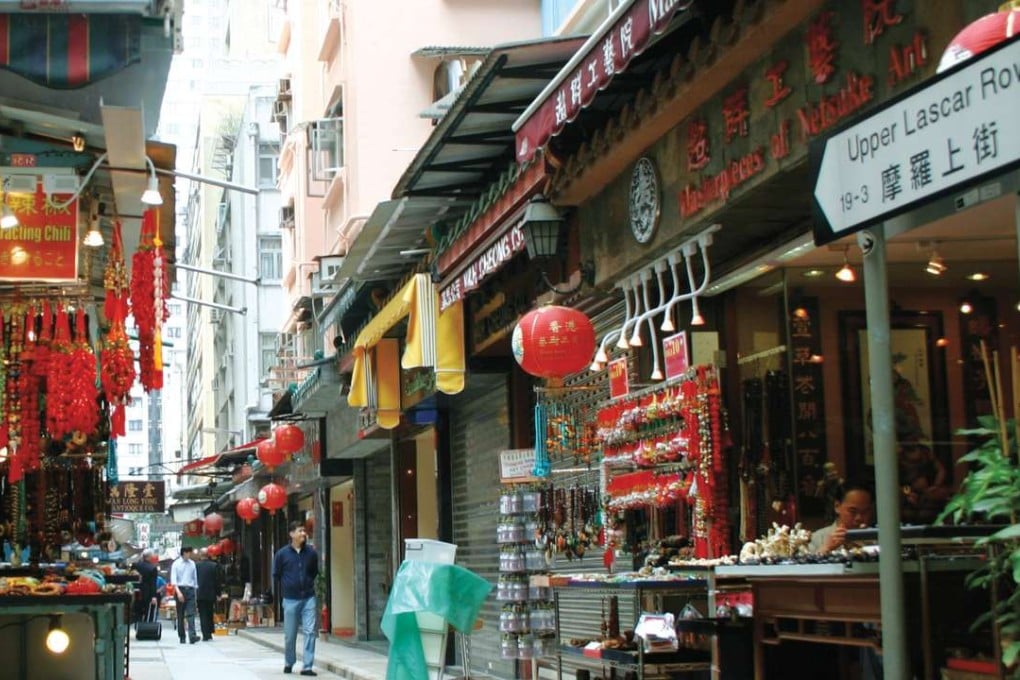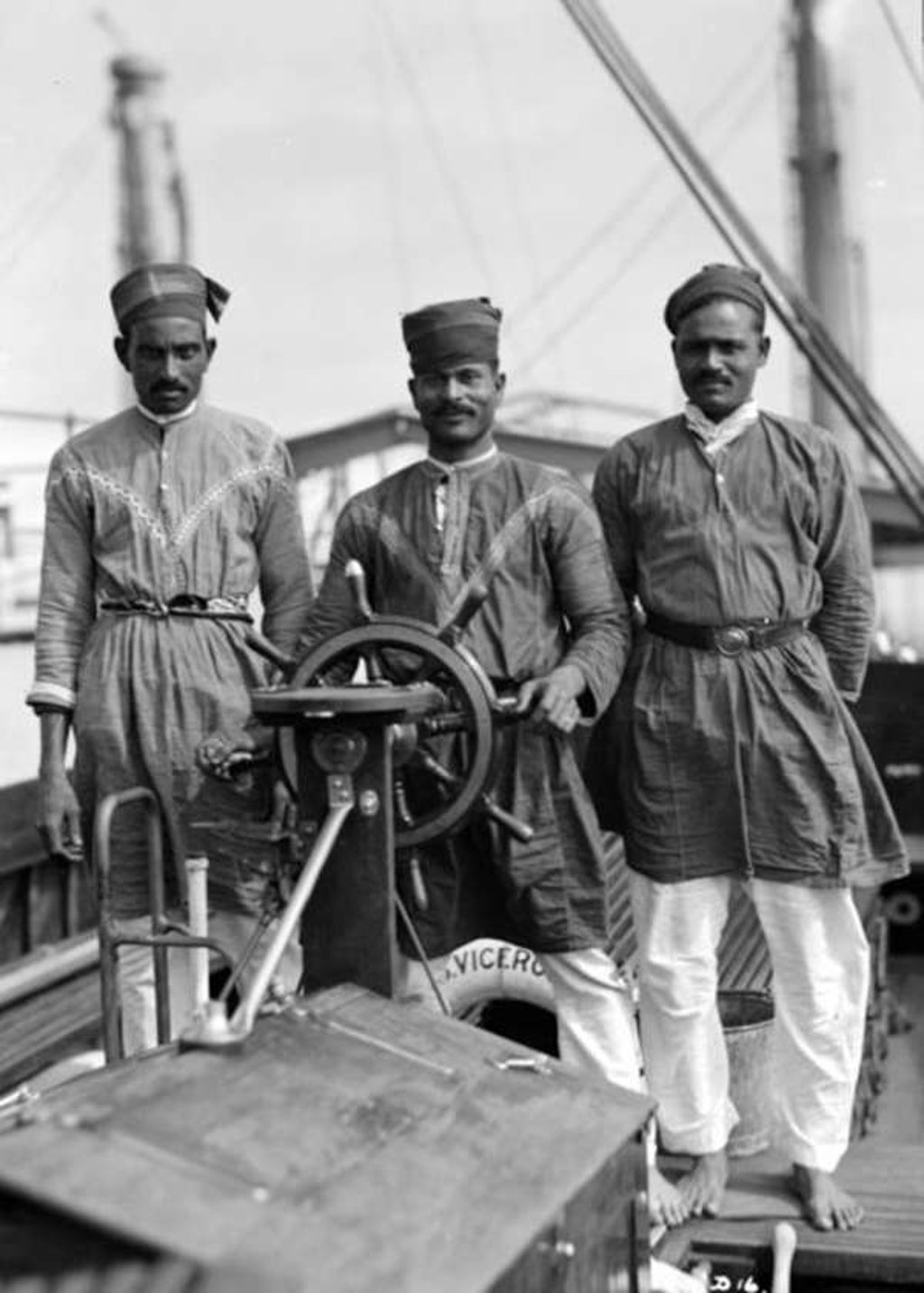Language Matters | Where the word lascar, and Cantonese mo lo, come from, and the case for changing a Hong Kong street name
Hongkongers may be familiar with Upper Lascar Row, a street in the city’s Sheung Wan district, and mo lo sheung gai, as it is called in Cantonese, but few today probably know the origin of these names

In the former crown colonies of Singapore, Penang and Hong Kong, street names such as Sepoy Lines and Lascar Row recall the tents of Indian infantrymen and barracks of Indian ship crews who served with the British in the region – among the first Indians to arrive, and settle, in these territories.
Its usage documented from the early 1600s, lascar, adopted from the Portuguese lascarim, refers to a seaman from any area east of South Africa’s Cape of Good Hope. The word derives from the Hindi lashkari (“soldier, native sailor”), Persian lashkar, Arabic al-’askar (“the army”).

Upper Lascar Row in Cantonese is 摩羅上街: the 摩羅 (mō lō ) deriving from the Portuguese mouro – “Moor” (though some sources claim its etymology in 婆羅 [pòh lòh], “Brahman”). It is used in Hong Kong to refer to peoples of South Asian descent – reflecting pre-colonial Muslim South Asian trading connections with the region; Malaccan Portuguese and Macanese also refer to Indians as moro.
